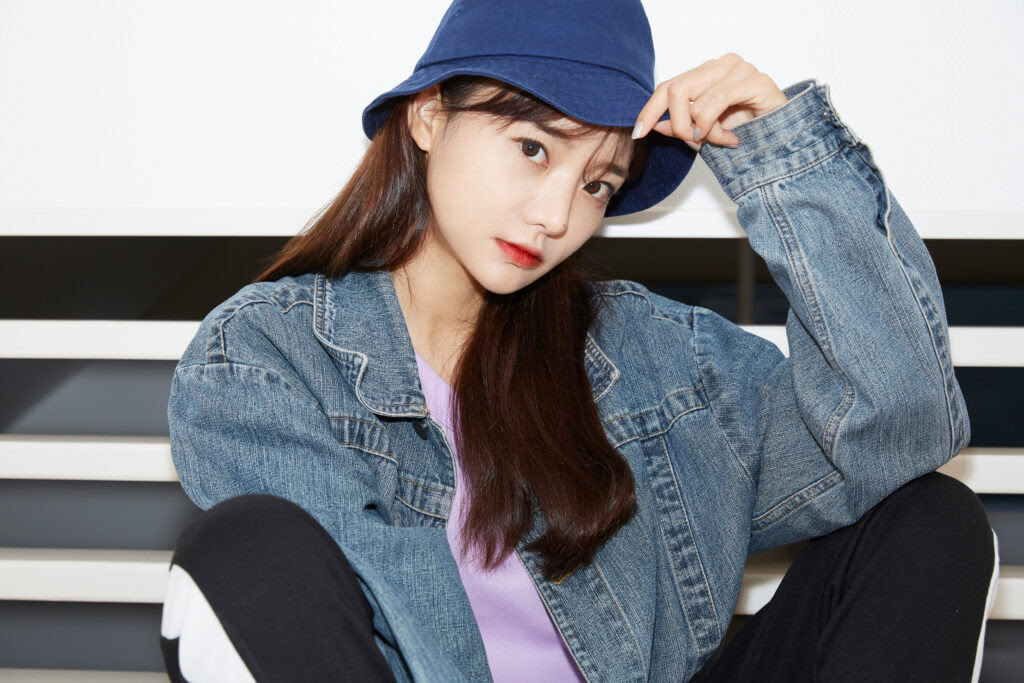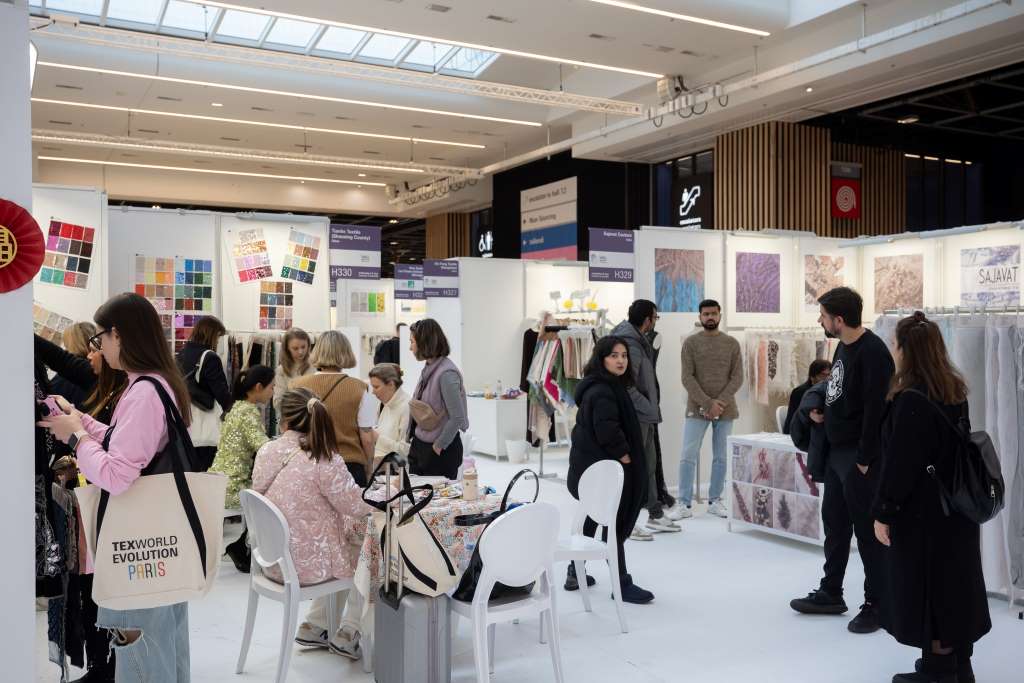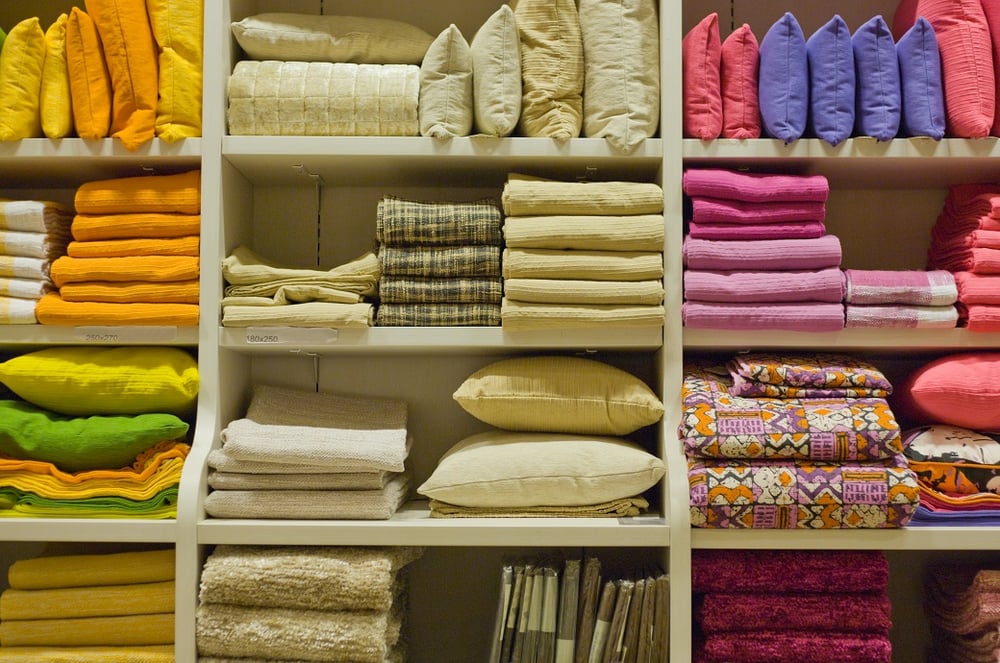In order to thrive in the evolving landscape, luxury e-commerce platforms need to adapt their business models and strategies to meet the changing needs of post-pandemic consumers while also navigating competition from brands' evolving direct-to-consumer (DTC) omnichannel strategies.
The 'Voice of the Consumer: Lifestyles Survey' by Euromonitor International, conducted from January to February 2024, reveals a significant surge in apparel and footwear e-commerce sales during the pandemic, driven by restrictions and store closures.
However, as restrictions eased, in-store shopping rebounded, leading to a decrease in online sales share. This shift has posed challenges for luxury online players, compounded by a cost-of-living crisis, limiting discretionary spending, and increasing operating costs and interest rates, leading to diminished investor confidence.
During the pandemic peak, leading players like Farfetch and Matchesfashion experienced remarkable growth, but underlying weaknesses in their business models became evident once in-store shopping resumed and economic pressures mounted. For instance, Farfetch required a rescue by Coupang to avoid bankruptcy, while Matchesfashion was acquired by Frasers Group but later faced administration.
Luxury e-commerce platforms also face heightened competition from brands and store-based retailers' omnichannel strategies, which prioritize seamless integration between online and in-store experiences. Additionally, the thriving second-hand market, bolstered by platforms like TheRealReal and Vinted, presents further competition.
Despite these challenges, avenues for progress exist. For instance, Mytheresa has thrived by focusing on its most affluent clientele, employing targeted marketing efforts and offering exclusive experiences to high-spending customers. There's also an opportunity to engage with aspirational consumers by collaborating with luxury brands and embracing second-hand sales.
The future of luxury e-commerce hinges on adapting to changing consumer behaviors, strengthening relationships with top-tier customers, and embracing collaboration and innovation to stay competitive in a dynamic market landscape.












